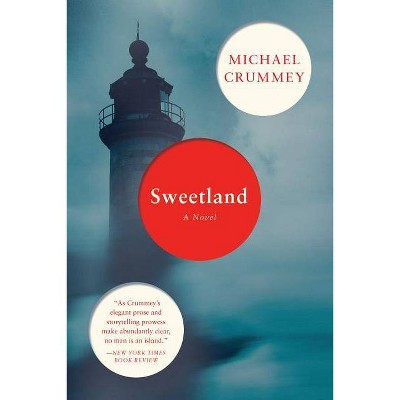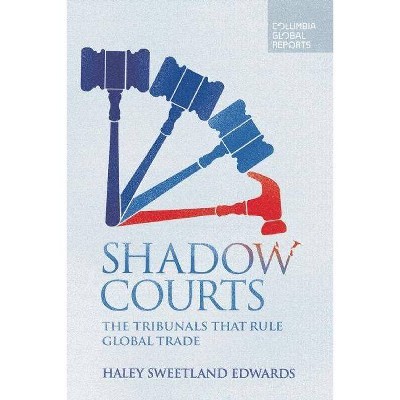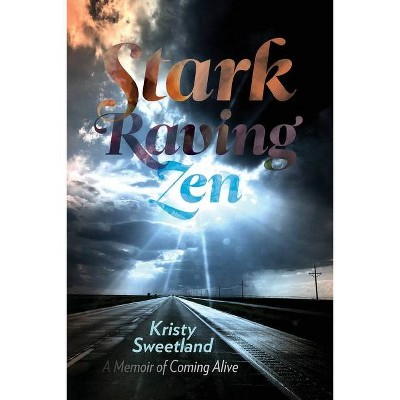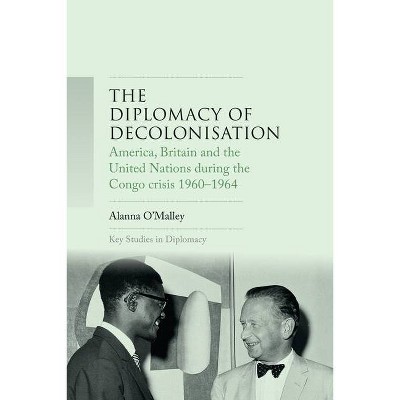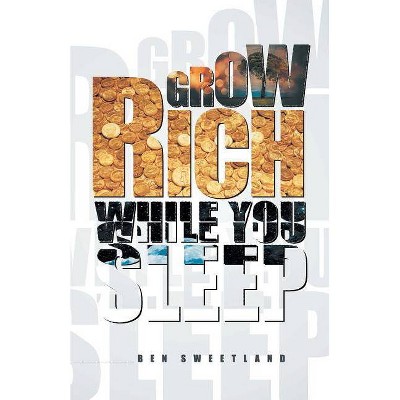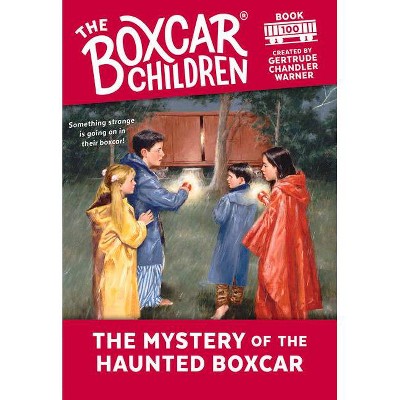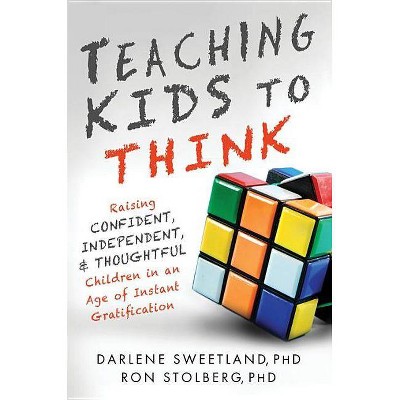Boxcar Diplomacy, Volume 1 - by Jane Sweetland (Paperback)
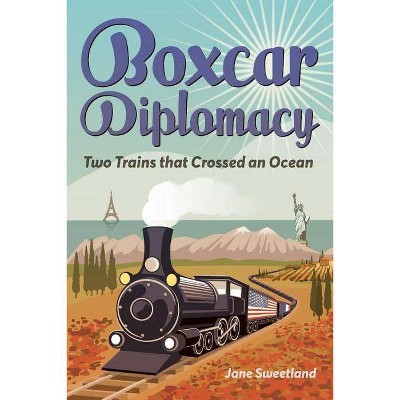
Similar Products
Products of same category from the store
AllProduct info
<p/><br></br><p><b> About the Book </b></p></br></br>Can a sack of flour become a tool of diplomacy? In 1947, Drew Pearson, the controversial, peace-loving, muckraking columnist thought it could. War and weather had left France without enough food to feed itself. The Nuclear Age had dawned, and a Cold War had begun. Europe lay in the balance as Secretary of State George C. Marshall noted, people would vote for anyone who gave them bread.America was already sending food, but unlike the Soviets, the U.S. was providing aid without publicity. Pearson decided to change that picture with a Friendship Train filled not by the government, but by people in small towns and big cities. On November 8, 1947, twelve boxcars left Los Angeles. Ten days later, 700 boxcars filled with food from pantries and farms from coast to coast arrived in New York Harbor. In France, America's gift of friendship was met with much publicity and great fanfare. France's thank you, the Merci Train loaded with gifts, arrived fourteen months later. This book is about a nearly forgotten moment in American history that is worth revisiting today as people strive to remember and to define the role of ordinary Americans in a complicated world.<p/><br></br><p><b> Book Synopsis </b></p></br></br>WWII was over, but in 1947, the challenge of rebuilding France had just begun. Fields were still pock-marked with ordnance and weather had so decimated the crop yield that there was not enough food to feed the population. Stalin was sweeping eastern bloc countries under an iron curtain that was dividing Europe between the eastern communist states and the western democracies. In this scenario, food was a tool of persuasion and the nationally syndicated columnist, Drew Pearson, thought Americans should know what was happening. In his October 11 column, Pearson wrote that while the Russians were sending much less than the Americans, they were doing so with great fanfare: When a shipment of Soviet wheat sailed into Marseilles, there were street parades and a municipal holiday. Meanwhile, several thousand tons of America's wheat was unloaded efficiently and unostentatiously. America, in short, was losing the propaganda war. Pearson's idea was both modest and audacious. He was not asking the government to create a new foreign aid project, nor was he asking that the international community join in a massive new humanitarian effort. In fact, he insisted, the government would not be involved at all. A Friendship Train could cross the U.S., collecting food for Europe at every stop. In every station, there would be crowds and parades and, with Harry Warner of the motion picture company Warner Brothers chairing the national effort, the train's journey across America would be captured on film. Newsreels would be sent to Europe so that in France, people could see where this food came from. Against all odds, less than a month after he had published the idea, 25,000 people lined the streets of Hollywood to cheer the launch of the train. Eleven days later, 700 boxcars arrived in New York Harbor where 100,000 people gathered along the battery for a ceremonial parade, the S.S. American Leader was rechristened the Friendship, its holds were loaded, and thousands of tons of food from America were shipped to France, arriving to great fanfare by Christmas. France remained a deeply divided country and not all the food got where it was intended, but the message was clear: America would help Europe rebuild. Fourteen months after the Friendship food had arrived in France, the people of France sent a train of thanks. Spearheaded by war veterans and the railroads, the Merci Train composed of 49 boxcars, one for each state in the Union and Hawaii, were refurbished, and loaded with thousands of gifts that had been collected from people across France. Gifts ranged from priceless works of art to hand-embroidered handkerchiefs, and toys fashioned from bullet casings. Nearly every state still has a boxcar on display: a monument to the sacrifices made in two world wars. Most of the gifts were distributed, but some remain in state museums, providing us with a treasure trove of stories from individuals that tell a larger story of thanks from a people who wanted to remember, commemorate and honor not just the Friendship Train, but the sacrifices America made in two world wars, and the friendship between countries that have shared an alliance since the American Revolution.This deeply researched book casts a light on a little remembered moment in American history, when America's own economy was struggling. Still, despite their personal challenges, Americans chose not to isolate themselves from Europe's far greater need. And France would not let the moment pass without acknowledging their gratitude--for the sacrifices Americans had made on their behalf in war and in peace.<p/><br></br><p><b> About the Author </b></p></br></br>Jane Sweetland has degrees in American Studies, counseling, and education and is the author of three non-fiction books. She enjoys researching, skiing, reading, hiking, bicycling and walking the dog. Her family and friends are happily scattered around the world, allowing her to justify traveling anywhere any time. She lives at Lake Tahoe, Nevada.
Price History
Cheapest price in the interval: 14.99 on October 27, 2021
Most expensive price in the interval: 14.99 on November 8, 2021
Price Archive shows prices from various stores, lets you see history and find the cheapest. There is no actual sale on the website. For all support, inquiry and suggestion messagescommunication@pricearchive.us
